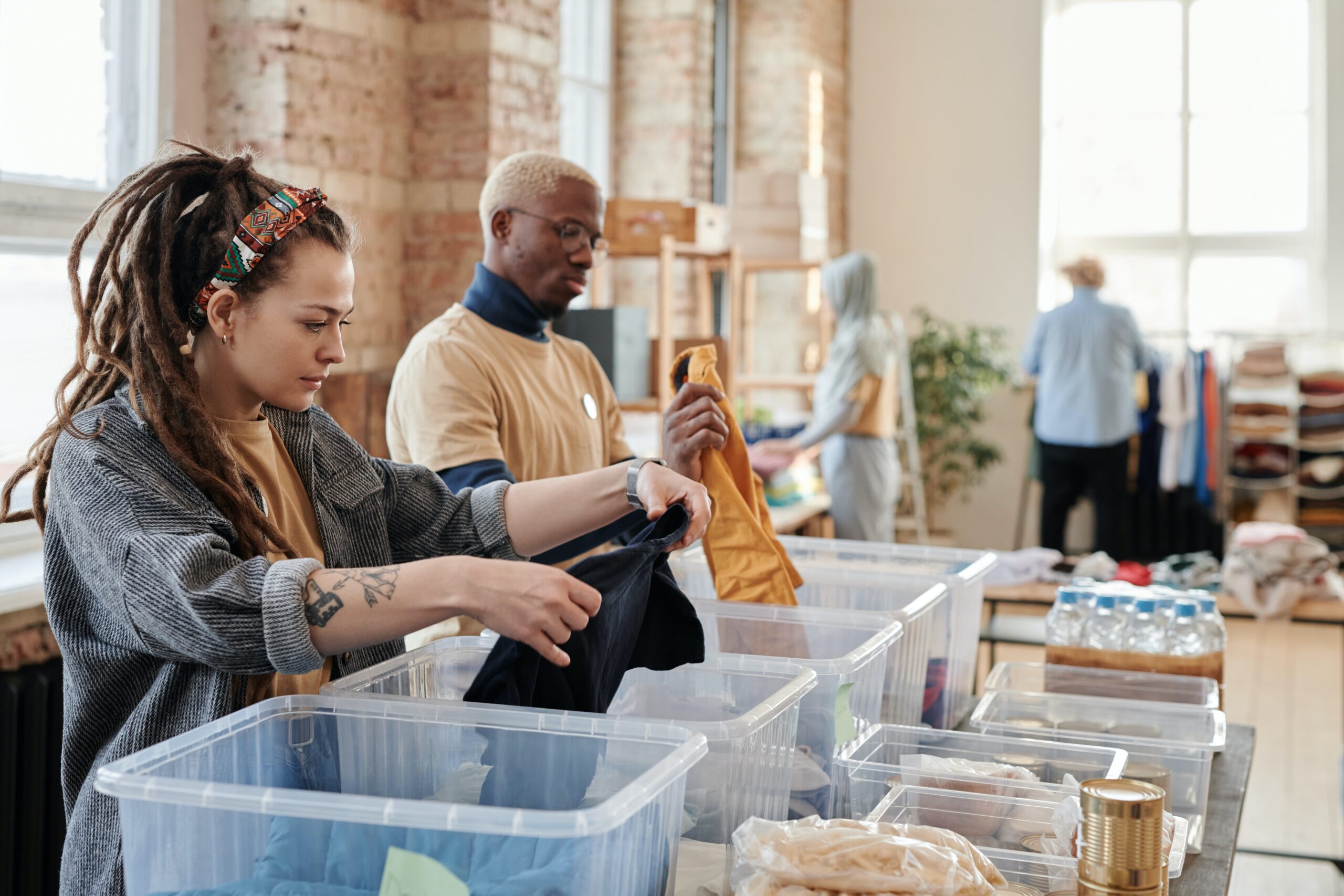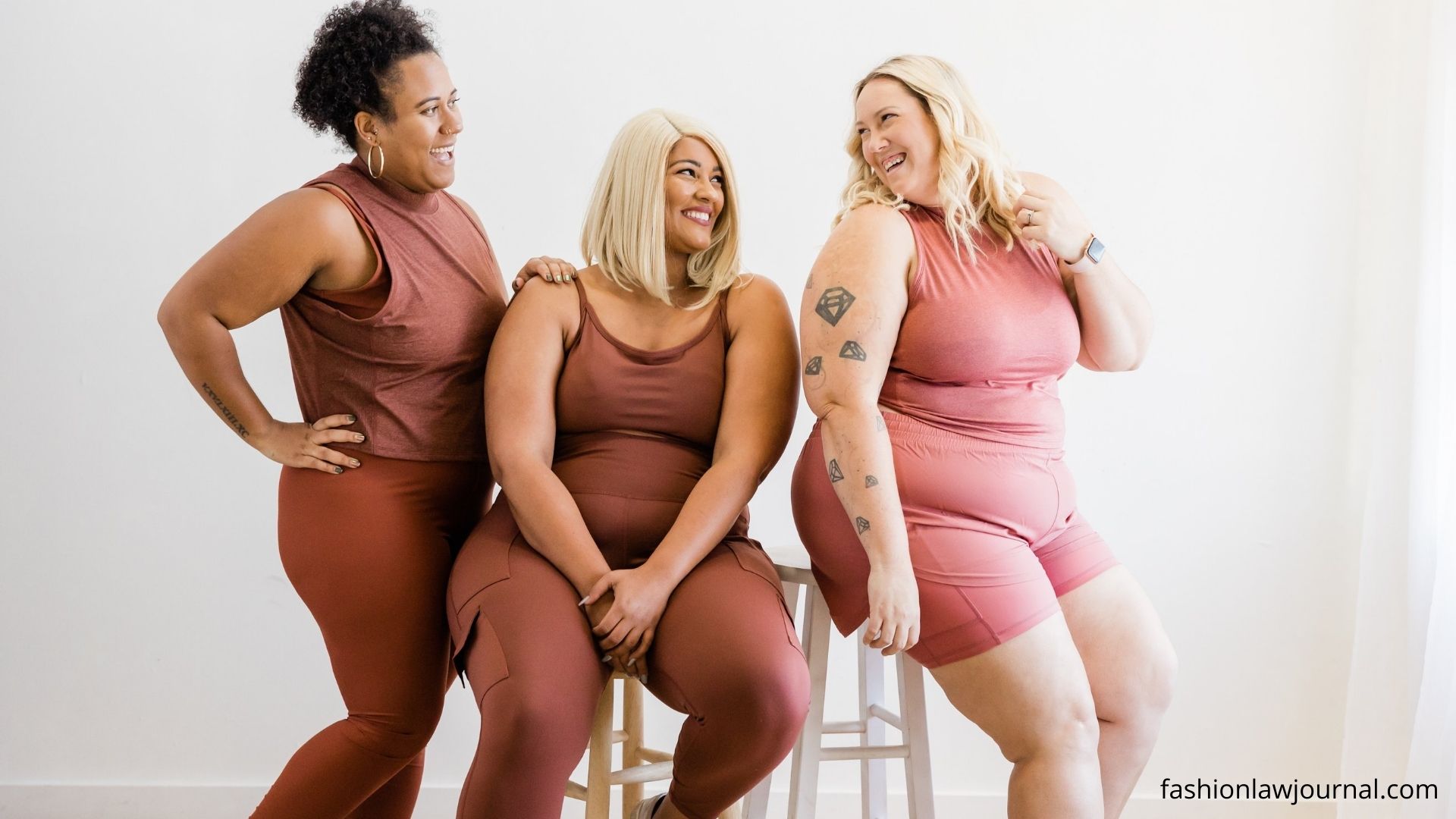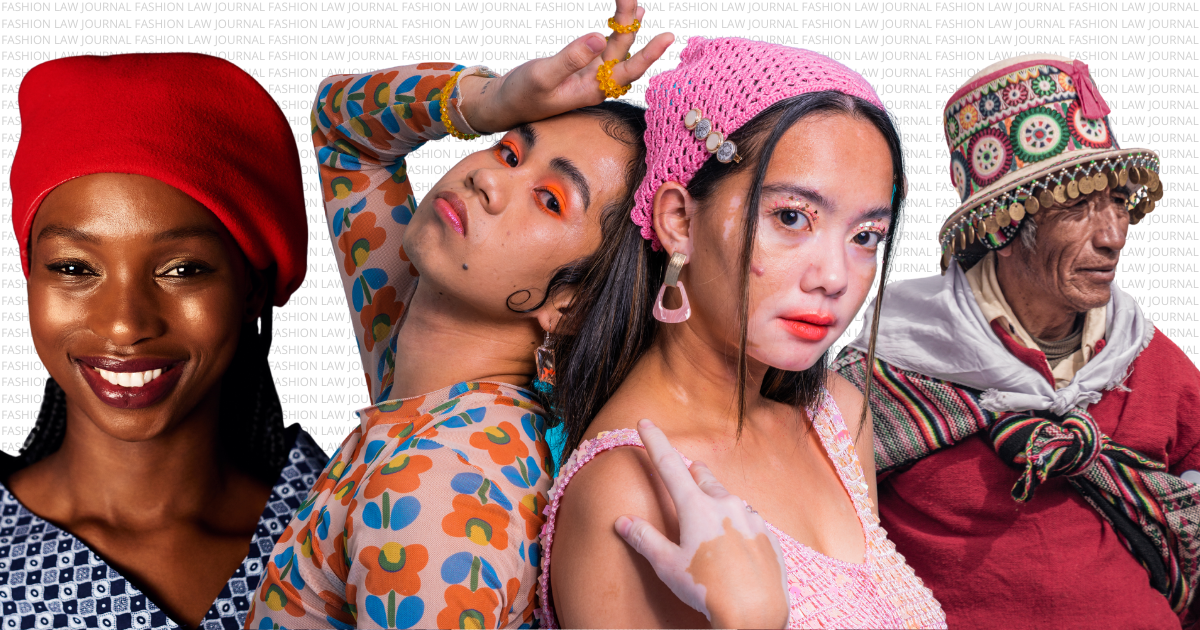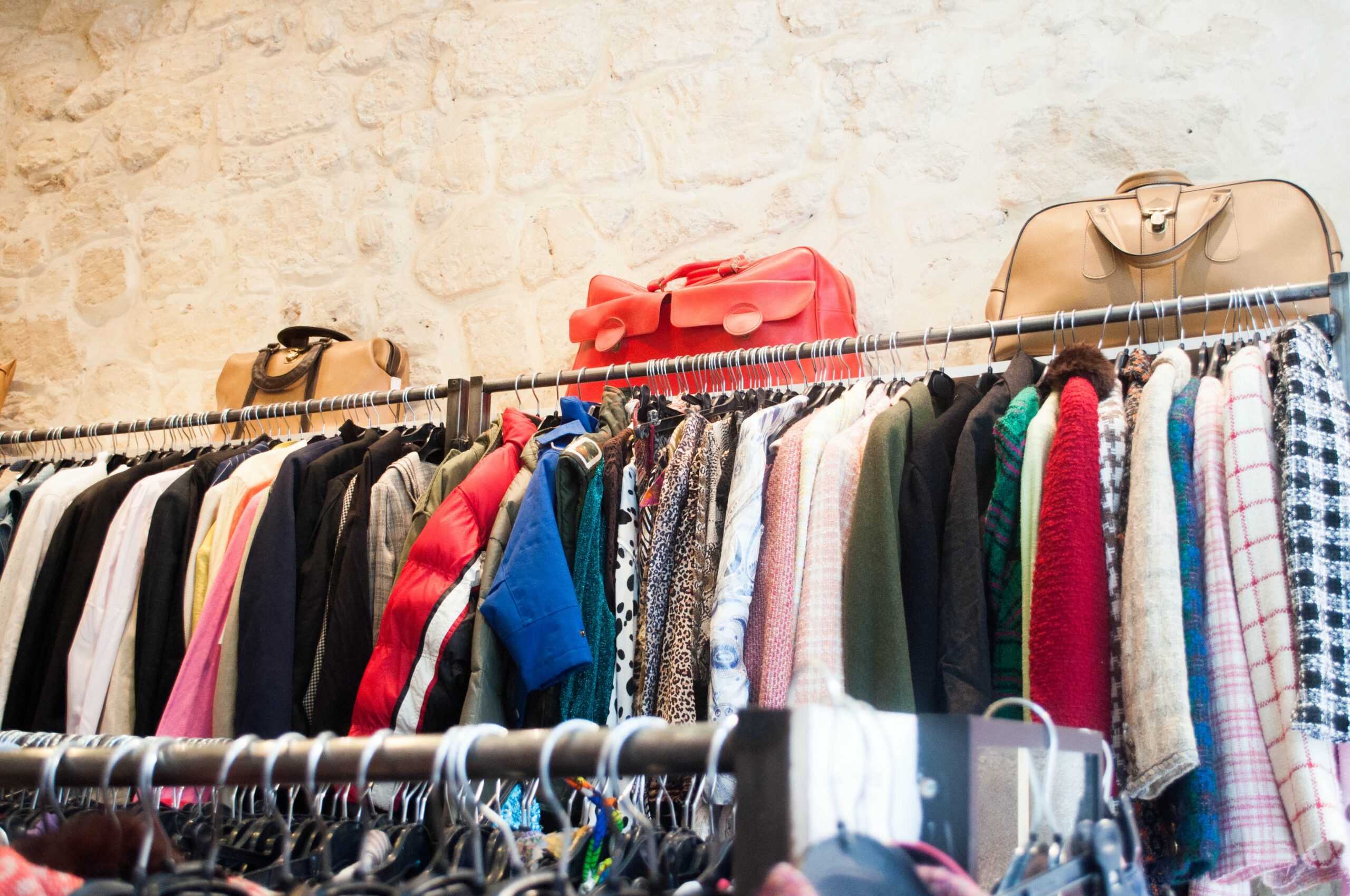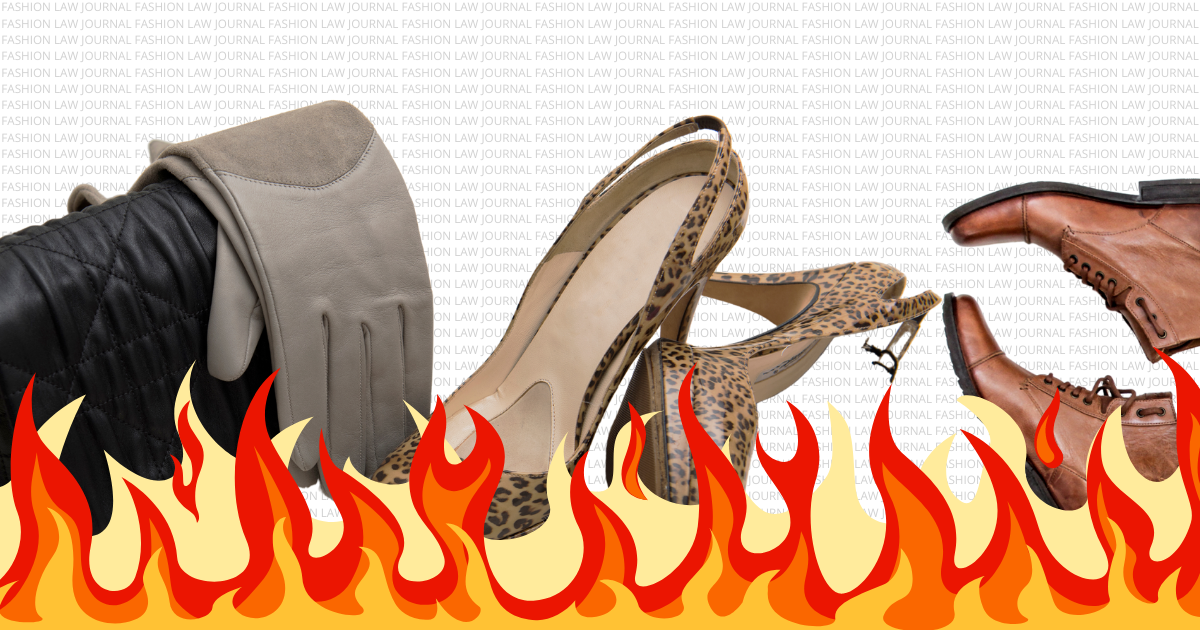Perhaps a position that existed before its own terminology, “trendsetters” can be described – in a rather self-explanatory way – as people who lead the way in fashion, or any other field, by helping popularize a new design, style or movement. Nowadays, as the industry takes a step further in terms of embracing technology and social media, most people have grown familiarized with the concept of “influencers”, who might be the traditional example of someone in the group in question; however, and though these professionals are indeed a considerable part of today’s trendsetters, when one speaks of a setter of trends, it can include more than those who intentionally try and influence people.
That said, regardless of whether or not they are purposefully trying to influence the fashion industry, the impact of trendsetters in the economy is undeniable.
Juliette Freire, a Brazilian reality star, turned into a national phenomenon upon her victory; to the point where, after being spotted in the airport only days after the last episode of the season she was in aired, the sneakers she was photographed with sold out in a matter of seconds[1]. As such, since then she has been having fashion items sent to her, for brands realized that sort of exposure would be enough for their products to be a success.
Similarly, and perhaps as a way to illustrate how wide the range of trendsetters can be, it is a known fact that Princess Charlotte, fourth in line to the British throne, has a net worth noticeably higher than either of her brothers. The reason for that is quite simple, taking into consideration projections of how the royal children impact the economy of the United Kingdom, as explained by Brand Finance communications manager Sehr Sarward[2]. In the young royal’s case, her impact could be summarized by the “Princess Charlotte Effect”, where “other parents see what Charlotte is wearing and subsequently buy it for their own kids”[3]. In such a way, most of the outfits she is seen in end up being sold out.
In other words, without meaning to – in fact, most likely not even aware of it – the six-year-old is defining tendencies and establishing the future for children’s fashion in the United Kingdom.
Trendsetters, therefore, are their own brand.
With that in mind, the growth of digital advertising during the pandemic created the ideal environment for this group to flourish, as explained by Reale (2019):
“The chance for anyone—boosted by digital technologies and tools—to be in direct and potentially permanent interaction with a favorite artist or celebrity has amplified the success of these communication media. It has also given rise to a new kind of profession—that of influencers or trendsetters, i.e., people who show a specific skill to establish a trustful relationship with their followers and present their opinions in a sound or even weighty way. By virtue of their position or their skills, they succeed in imposing themselves as “authorities” in a certain field or in being perceived as credible enough to affect consumers’ decisions and purchasing behaviors”[4]
Hence, it would be naïve to think that, being so present in today’s industry, trendsetters’ work wouldn’t also exert influence on the legal aspect of fashion.
Among said legal aspects, it has been said that trendsetters might (i) fuel the culture of fast fashion and inflate the environmental complications inflicted by them; and (ii) indulge and encourage the work of “copycats”, who can – eventually – destroy small business.
About that, it has been known that “the desire of consumers to remain “in fashion” requires a constant supply of new styles since once a new fashion goes mainstream, it becomes obsolete, losing its allure and encouraging trendsetters to search for the next new fad”[5]. As such, most times Trendsetters nourish consumer’s needs for an ever-changing fashion, spreading ideas and feeding a global audience with much speed.
To put it another way, in order to remain in the industry, working as they do, trendsetters and specially fashion influencers, who have taken upon themselves to actively try to impact the industry, found that, naturally, they need to uphold increasingly fast trend cycles; always with something new to appeal to the public eye. After all, they are called trendsetters for a reason. But in swiftly producing high volumes of garments, every environmental, consumerist and labor-related problem so present in today’s reality has been brought to alarming new levels.
Not only that, but by doing so, they can also damage – potentially permanently – the market of small businesses.
By indulging the fast-paced change in what’s fashionable and what isn’t, the industry has managed to exclude innovative new designers, who aren’t able to keep up monetarily with the tendencies towards fast, low-quality products. In other words, the cycles of trends have been turning into a problem for smaller designers and entrepreneurs who are unable to establish themselves and their trademarks in the market due to the work of “copycats” and their less-expensive knockoffs.
The issue relies in the fact that, even though copyright infringements are a burden to the Fashion Industry in general, the dissemination of trends by trendsetters results in small designers facing a larger onus as “they lack deep pockets to chase down versions they find similar, and their brands are so little-known that customers often aren’t aware they’re not buying an original design”[6].
That is, “given the evanescence of many trends, fashion copying causes the greatest protests when copies are produced and distributed quickly. Increasingly, they are.”[7]
Having said all that, it is important to say and reiterate that trendsetters are essentially influential personalities in fashion, and as such, they are not the source or even the most important factor regarding any of the issues priorly mentioned. Their actions, when careless, might increase the proportions of existing problems – problems that should each be discussed in a larger conversation and tackled accordingly –, but these professionals are not to be blamed for consequences mainly imposed by society and the industry as a whole.
In addition to that, one must consider how, though their actions might cause great harm, when conscious of their own relevance, they might also present themselves as good role models.
In cases where, for example, trendsetters advocate a general style, not focusing on fleeting details of every new design but instead on their long-lasting preferences and how to keep them stylish overtime, or even voicing their concern and disapproval of the industries tendencies towards mass-consumption and overproduction, they manage to highlight healthier lifestyles regarding the fashion industry, guiding consumers in the right direction, environmentally speaking.
It is not to say that what they do is easy – on the contrary, actually. In truth, considering that trendsetters have become even more important after the growth of social media, it is imperative to realize that one of the most important aspects of having such a profession today is the fact that these personalities are under the constant scrutiny of the entire world, being criticized and judged at every choice. Therefore, the objective of this article is not to try and “cancel” trendsetters for how they are doing their job, but just to bring light to the fact that, by taking small precautions – like perhaps making sure to call attention to the small business who are currently creating and selling trending items and why theirs is so distinct from their knockoffs, or even being more vocal about thrifting – they would be able to diminish the harm created by the general industry.
The solution to the issues mentioned above, then, would never be the ending of “trendsetters” – not that such a thing would even be realistically possible, anyway –, but their mere adaptability.
[1] O tênis usado por Juliette no aeroporto de São Paulo esgotou em poucos minutos. Vogue Globo (2021). Available at: https://vogue.globo.com/moda/noticia/2021/05/o-tenis-usado-por-juliette-no-aeroporto-de-sao-paulo-esgotou-em-poucos-minutos.html
[2] WARREN, Katie. 3-year-old Princess Charlotte is worth $4.3 billion to the British economy – a lot more than her older brother, Prince George. Business Insider (2018). Available at: https://www.businessinsider.com/personal-finance/princess-charlotte-worth-to-british-economy-2018-5
[3] WHITTAKER, Alexandra. Why Princess Charlotte is Worth $1 Billion More to the British Economy Than Prince George. InStyle (2018). Available at: https://www.instyle.com/news/princess-charlotte-net-worth-prince-george
[4] REALE, Mariacristina. Digital Market, Bloggers and Trendsetters: The New World of Advertising Law. The New Frontiers of Fashion Law (2019).
[5]BREWER, Mark K. Slow Fashion in a Fast Fashion World: Promoting Sustainability and Responsibility. The New Frontiers of Fashion Law (2019).
[6] BINKLEY, Christina. The Problem With Being a Trendsetter: Copycat Fashions Move Faster Than Ever, Making It Harder to Protect Original Ideas; Smaller Designers Bear the Brunt. Wall Street Journal (2010).
[7] RAUSTIALA, Kal; SPRIGMAN, Christopher. The Piracy Paradox: Innovation and Intellectual Property in Fashion Design. Virginia Law Review (2006).











